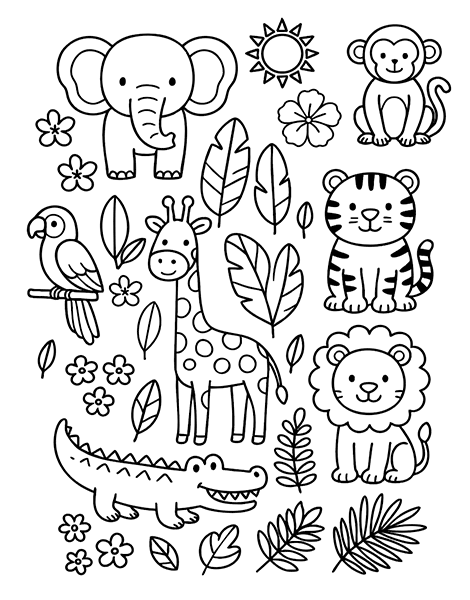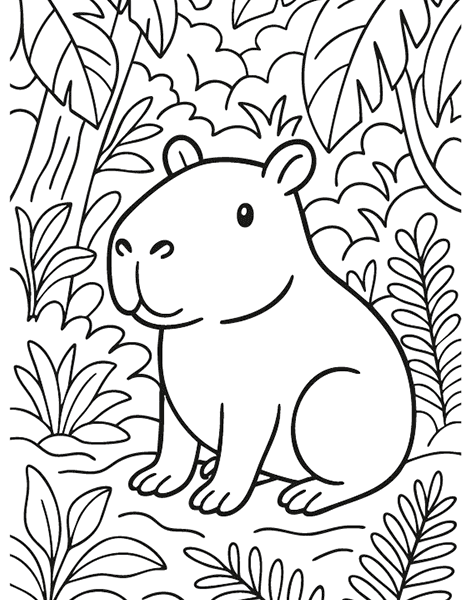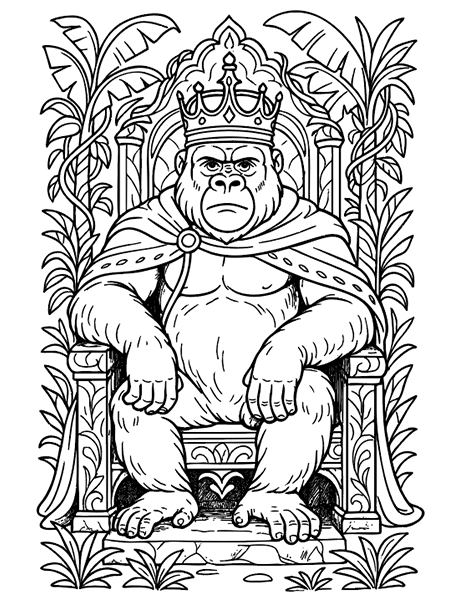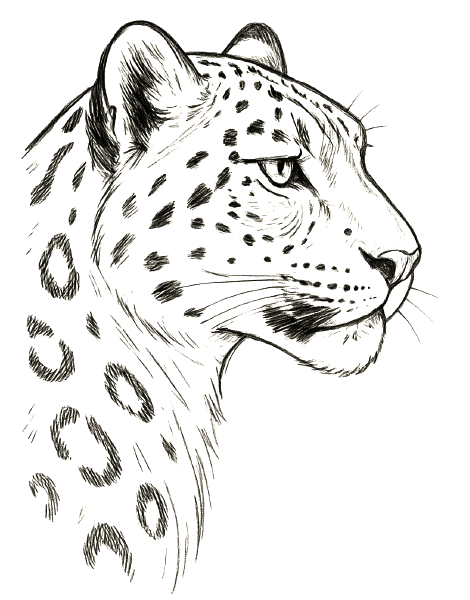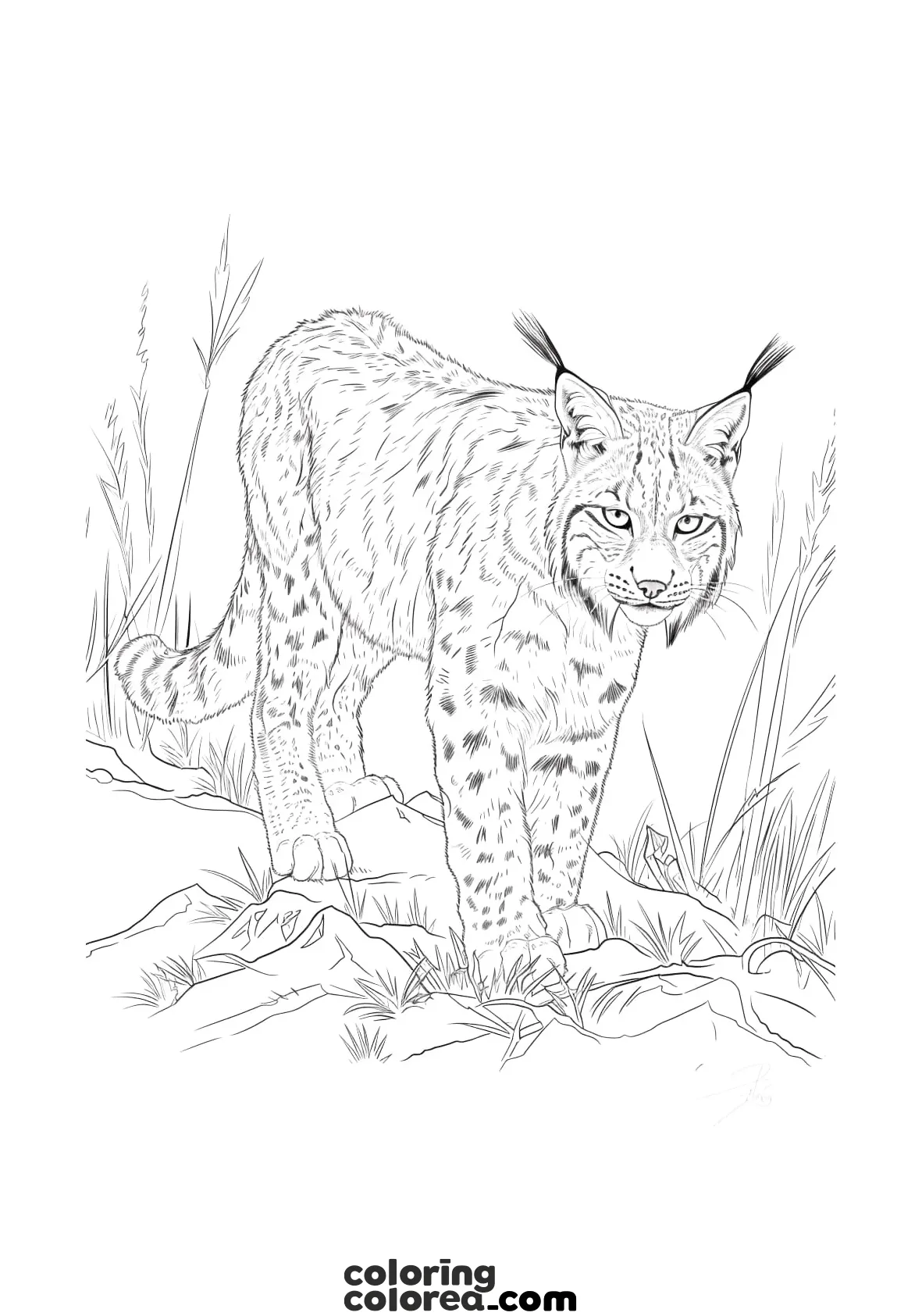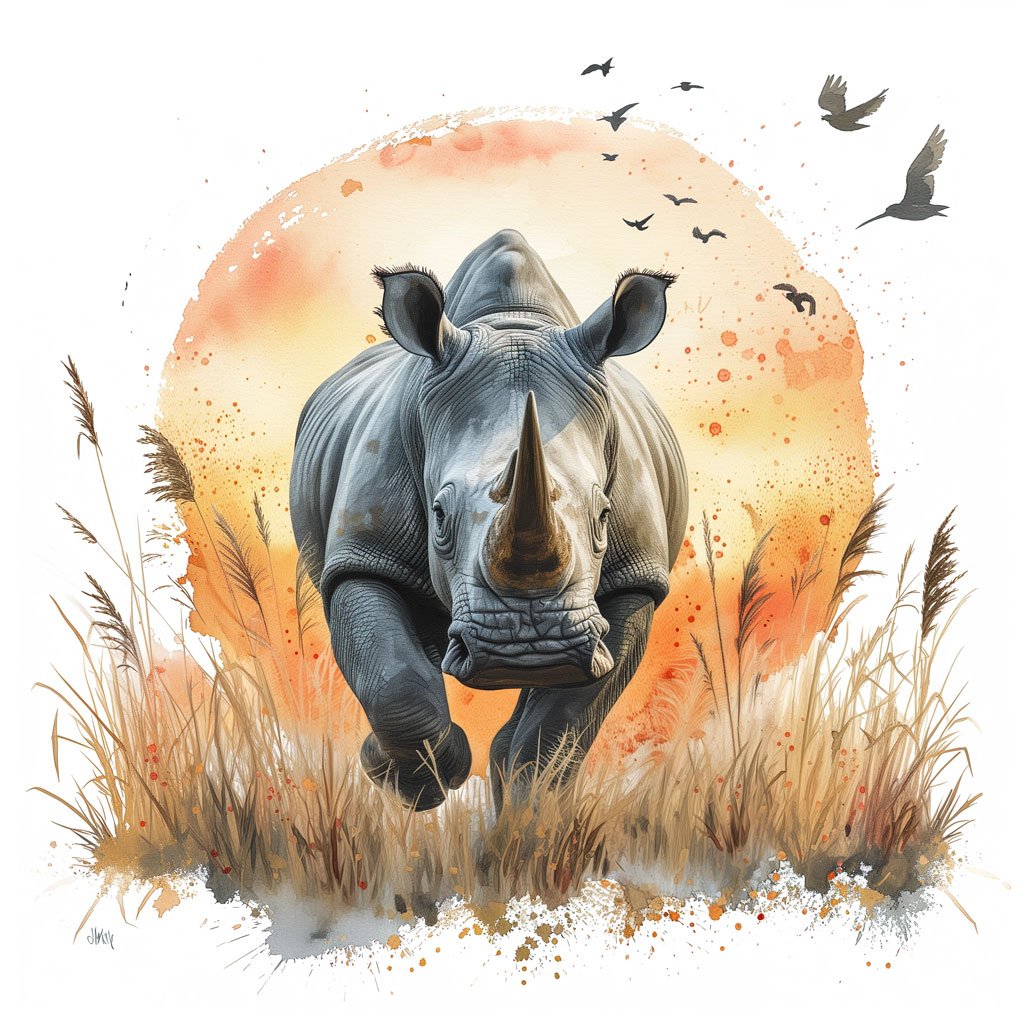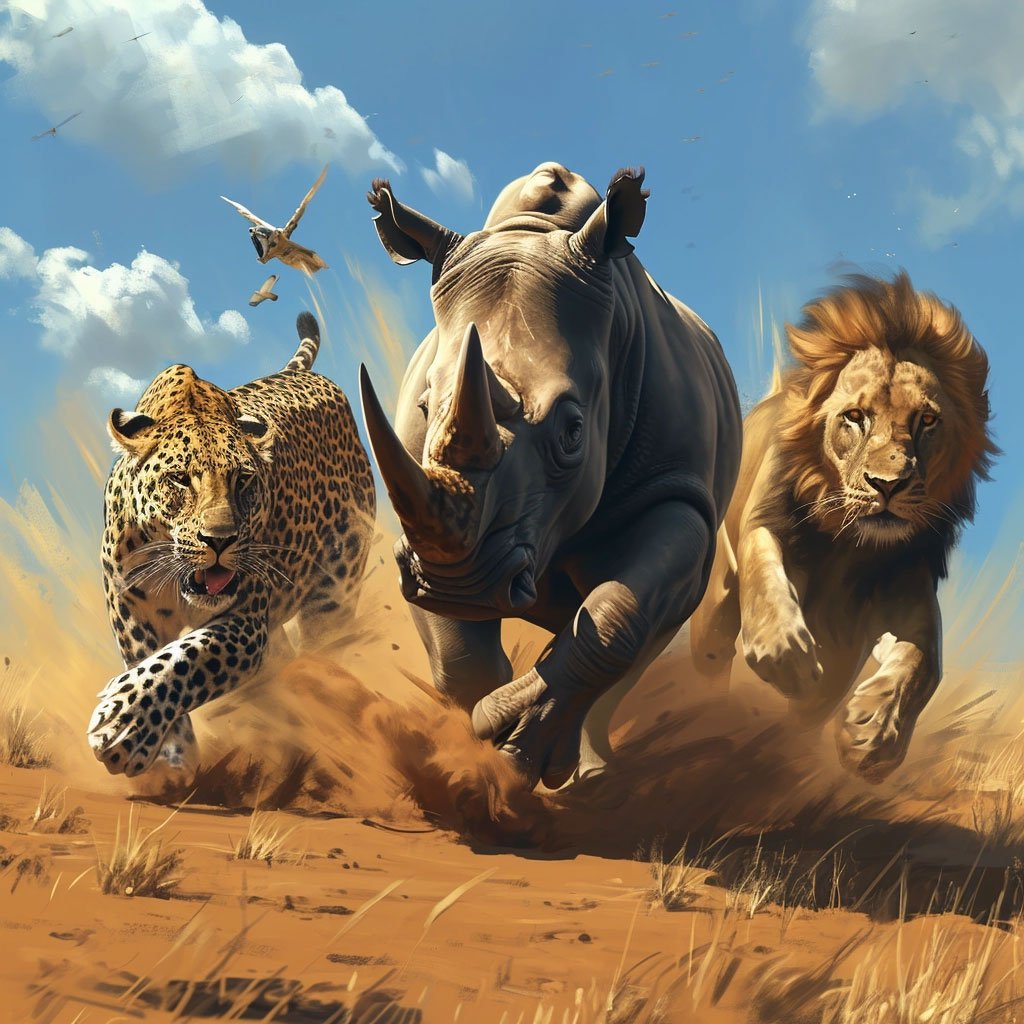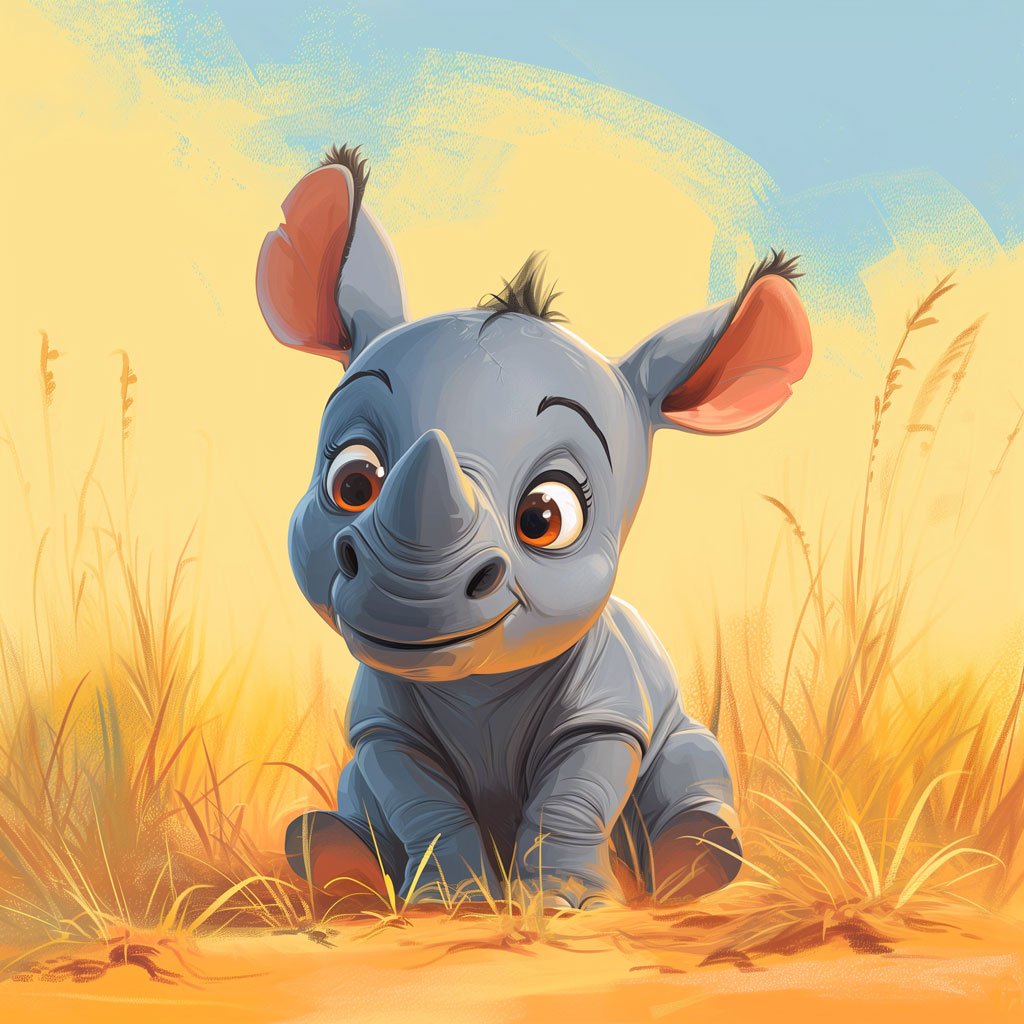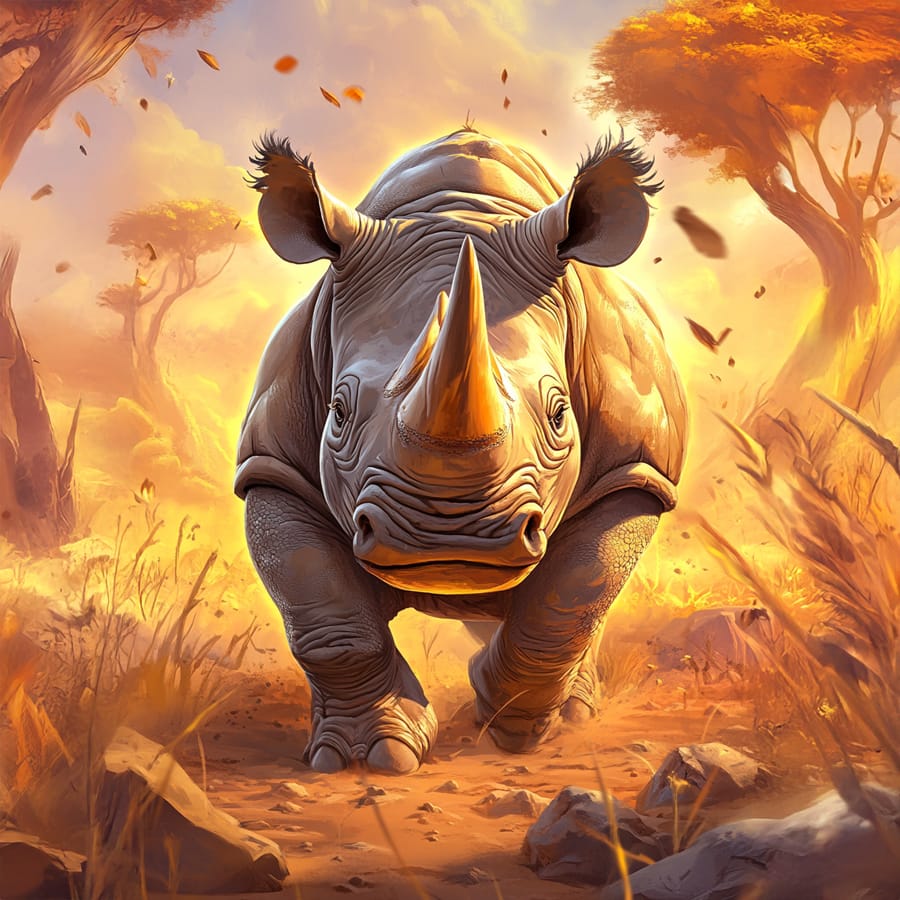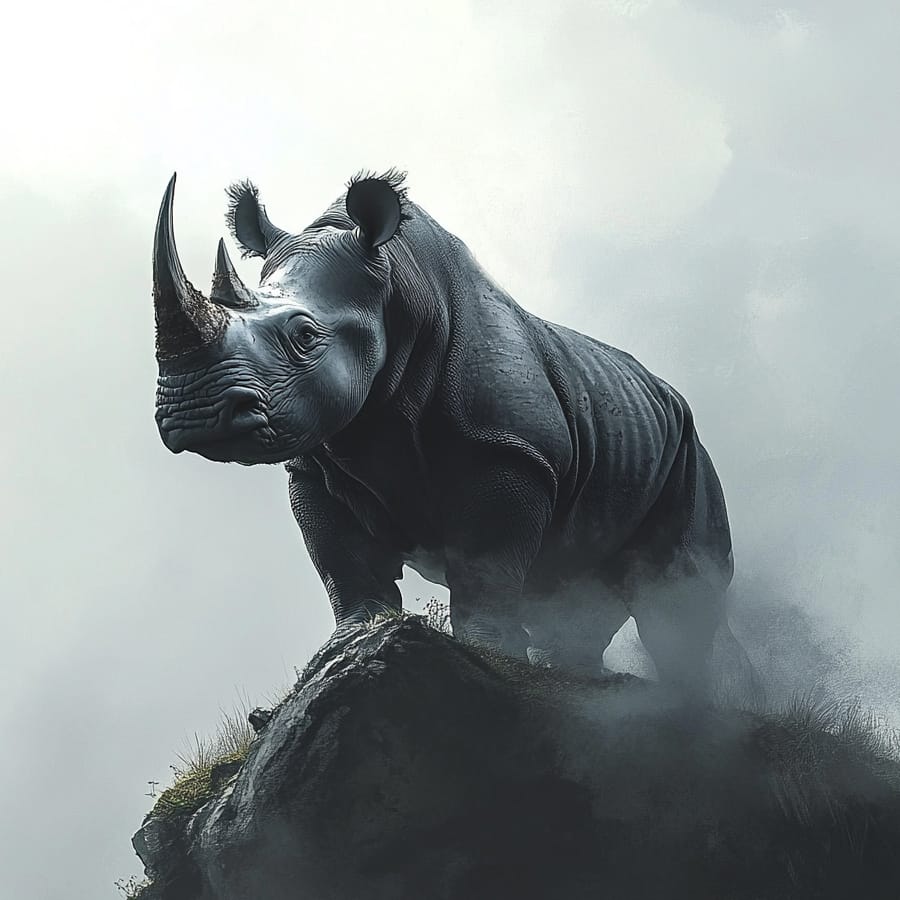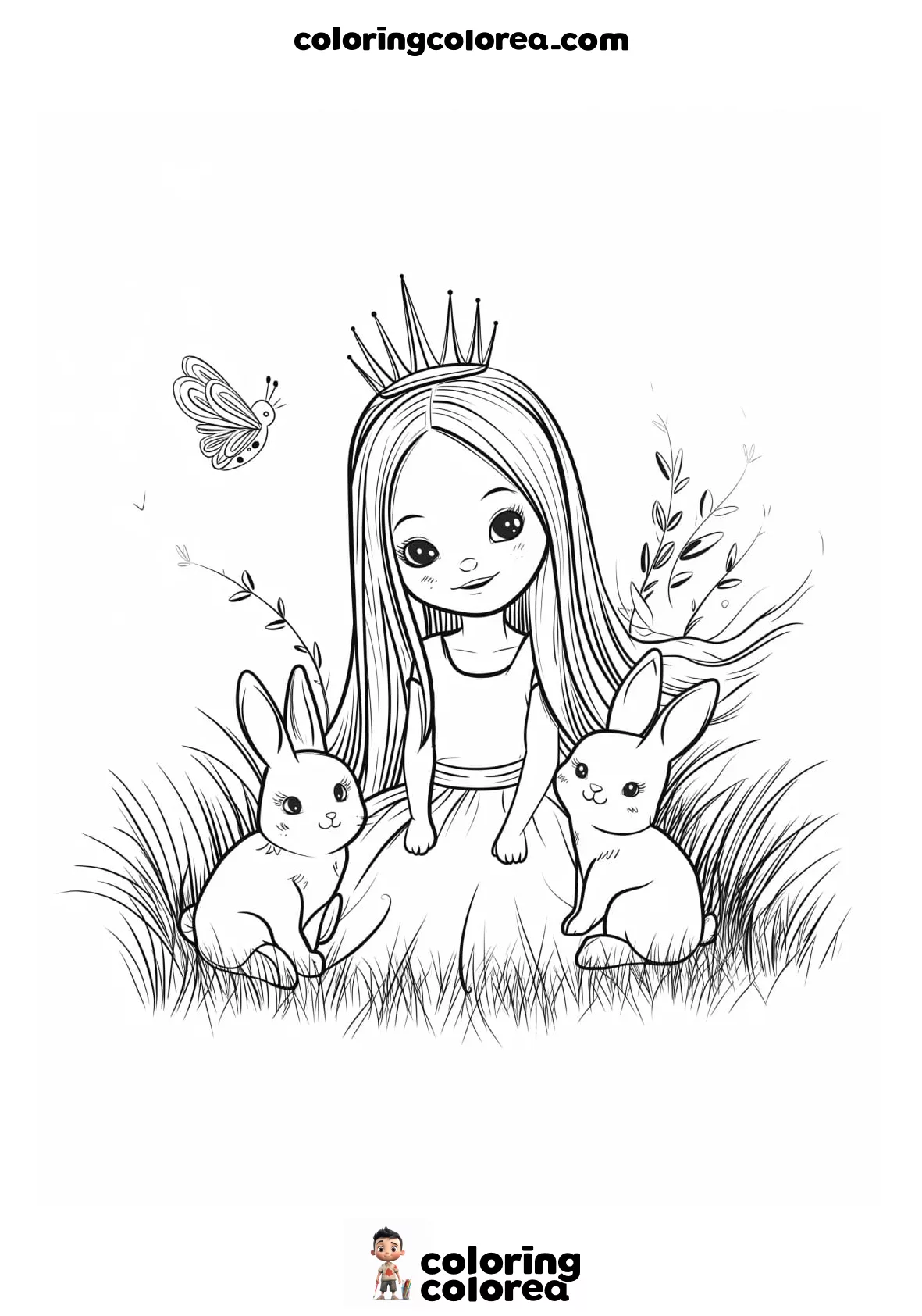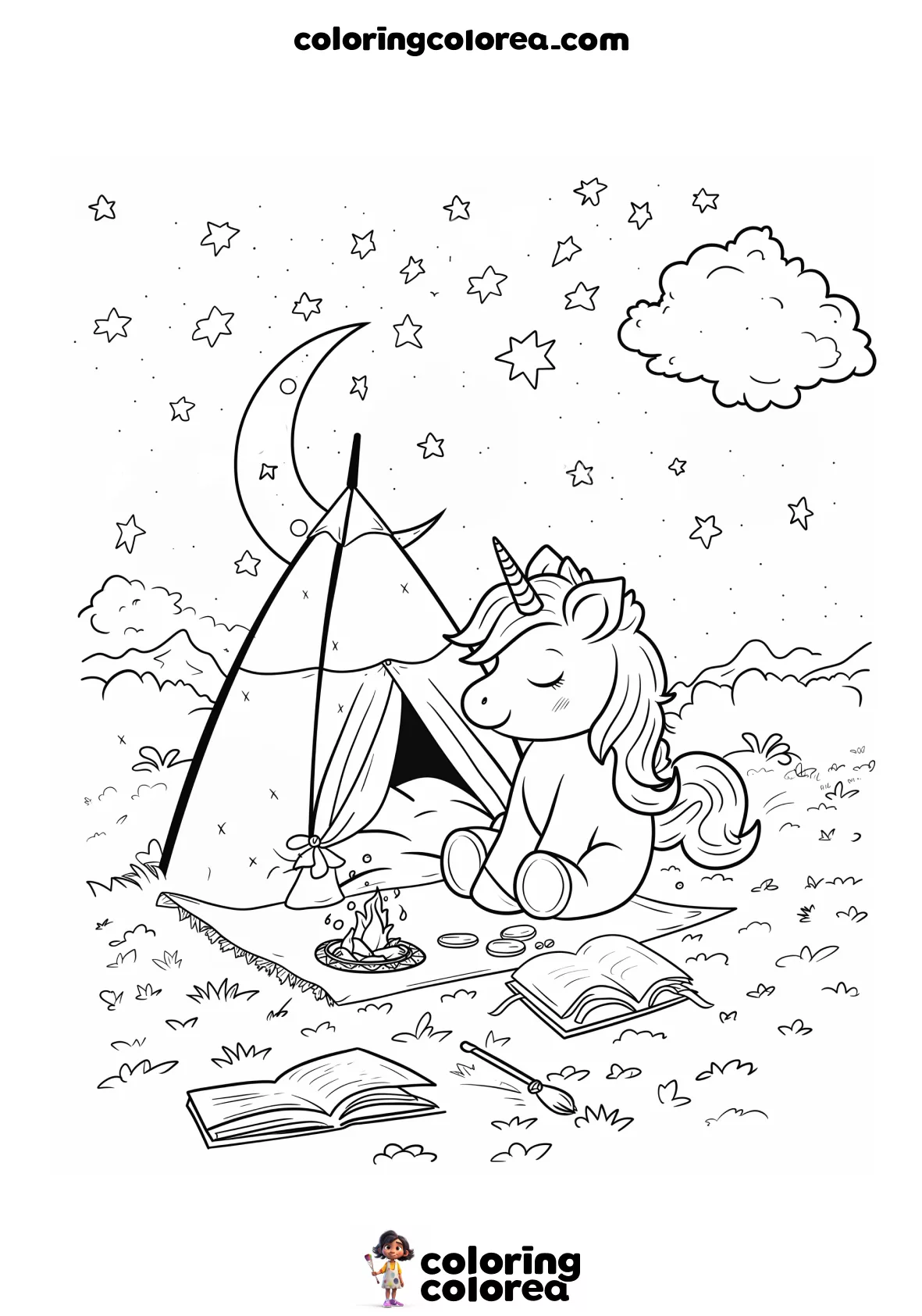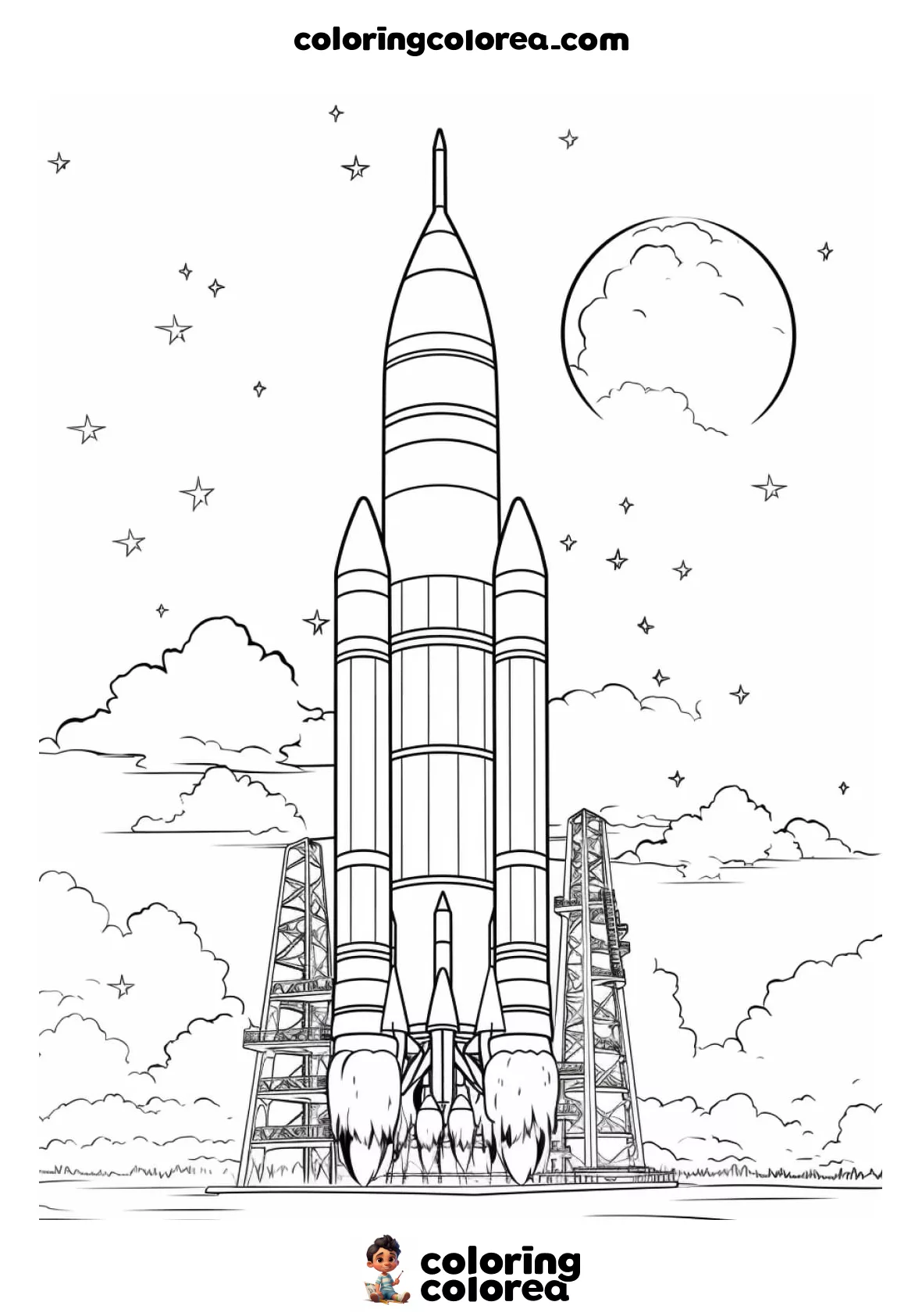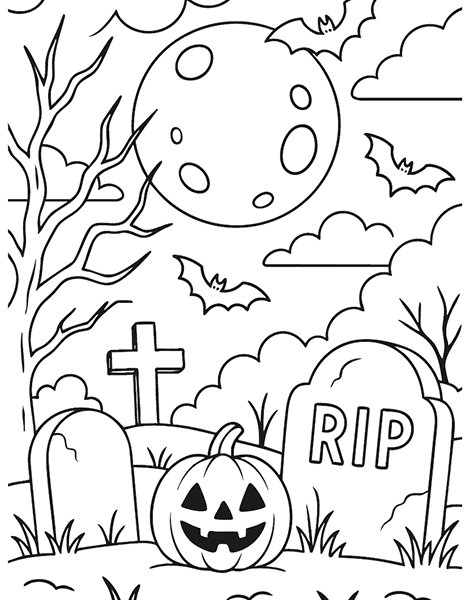Ideas and tips for Coloring the Rhino.
This drawing offers great potential to explore different techniques. The rhino, with its textured skin, is perfect for practicing shading. A soft pencil will allow you to create areas of light and shadow that add volume to the figure. If you’re looking for a more dramatic effect, you can use watercolors to create gradients and transparency.
The landscape is the perfect complement. Warm tones and contrasts between light and shadow will help you create a realistic atmosphere. You can experiment with different brushstroke techniques to depict grass, trees, and clouds.
To bring your drawing to life, add small details like insects, dust in the air, or the rhino’s shadow projected onto the ground. These elements will enrich the composition and allow you to showcase your creativity.
Remember that contrast is key to highlighting the most important elements of your drawing. Play with light and dark colors to direct the viewer’s attention to the rhino’s horn, its eyes, or any other detail that catches your eye.
Want to learn more about rhinos? Click here!

